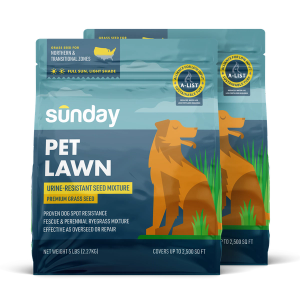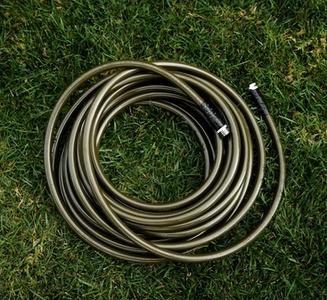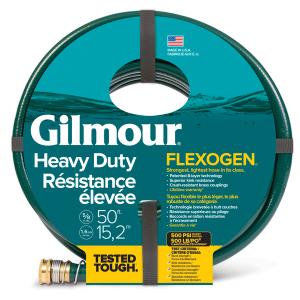What is red thread?
Look for pinkish or reddish patches typically 3–15" in diameter. In the presence of rain or dew, the fungal growth is visible in the morning and red or pink mycelium may be present. As the grass dries, the red to pale pink hairs or strands, called tendrils, can be seen extending from grass blades. Red thread kills only the leaves of the plant, so grass will recover under less favorable conditions, such as summertime temperatures.
Susceptible species and favorable conditions
Susceptible species: Fine leaf fescues, perennial ryegrass, Kentucky bluegrass, and bentgrasses.
Favorable conditions: Red thread typically appears as grass comes out of dormancy in the spring, preferring wet weather and springtime temperatures (60–70ºF). It can also occur during periods of prolonged overcast and wet weather in the summer and in areas with mild winters.
Recommended cultural practices
- Red thread favors nutrient-poor soils (soils deficient in potassium, phosphorus, calcium, and especially nitrogen). Therefore, maintain adequate and balanced soil fertility based on soil test results and local cooperative extension guidelines.
- Maintain a soil pH between 5 and 7.0.
- During extended periods of little or no rain, water infrequently and deeply, early enough in the day to ensure that grass is dry before nighttime.
- Remove excess thatch (1/2 inch or greater) preferably in late summer or early fall.
- Mow frequently at recommended heights.
- Relieve soil compaction.
Chemical control
Fungicides are available for control of red thread but are usually not necessary if proper cultural practices are implemented.
Photo credit: John Kaminski, Penn State



















